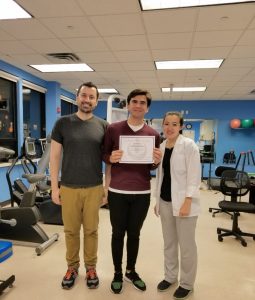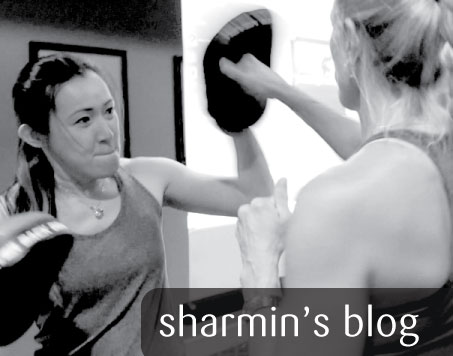One of the most common injuries that we encounter is an elbow injury. You are probably wondering why the elbow. We use our arms and hands in everything that we do, from basic things such as dressing ourselves and cooking, to sports and recreational activities such as tennis, golf, weight lifting, martial arts, or even leisure activities such as painting, and playing music. Everything that we do requires the use of our arms and hands. Our elbow acts as the fulcrum which allows us to use our hands and it absorbs all the impact from our hands, causing overuse which will eventually lead to wear and tear.
The first symptom that will occur is pain, no matter what the cause is. Elbow pain can be from degeneration of the joint, inflammation, a tear, sprain or strain. Pain tells you that there is something wrong and that you have to pay attention to it. It also tells you to stop what you are doing to prevent further damage.
Acute pain versus chronic pain. Acute pain occurs suddenly, is treatable, and resolves quickly, usually within 30 days. However, the pain can become chronic. Chronic pain lasts for an extended period of time, usually more than 6 months, and this can lead to severe problems.
There are several causes of elbow pain. The most common causes of elbow pain are:
Arthritis: It can be Osteoarthritis, Rheumatoid Arthritis, or Gout Arthritis. Osteoarthritis is when there is wear and tear on the elbow where the cartilage breaks down, and the bones are rubbing on each other which causes significant pain. Rheumatoid Arthritis is when the body’s immune system attacks the body’s healthy tissues causing swelling on the joint. It usually affects both sides. Gout Arthritis is when uric acid builds up as crystals in the healthy tissues, in this case your elbow causing a lot of pain and swelling.
Fracture: Elbow fracture may happen as a result of a fall, or a direct impact or blow to the elbow. One of the most commonly fractured bone in the elbow is the Olecranon. That is the bone that sticks out in your elbow when you bend your elbow 90 degrees. The humerus, which is the bone in the upper arm, and radius, which is one of the bone in the forearm, is cushioned by muscles and tissues, so it is less common. Non-surgical treatment usually includes a sling, cast or a splint when the bone fragments are at low risk of moving. Normally complicated fractures require surgery to keep the bone in place.
Osteoarthritis: It is the most common form of arthritis. It is when the cartilage on the bones wear down over time. Symptoms can include pain during or after movement, tenderness in the joint, stiffness especially when you wake up in the morning, Loss of flexibility, grating sound or sensation, and bone spurs.
Dislocation: Elbow dislocation happens when you fall down in an outstretch arm with a twisting motion. It can be simple, without any bone and ligament involvement, or have severe involvement.
Bursitis: Inflammation of bursa in the elbow causing severe pain and stiffness. Bursa allows the skin to move freely on the bone. It can be caused by infection, an impact to the elbow, or prolong use or leaning of elbow to a hard surface like a table.
Lateral Epicondylitis or Tennis Elbow: This is pain and tenderness on the outside part of your elbow. It is a common injury for the repetitive use among tennis players and other racket sports. It can also be caused by repetitive punching motion, rock climbing, heavy weight lifting, gardening or plumbing to name a few. It is caused by overuse and inflammation of the extensor muscle. Please click here to learn more.
Medial Epicondylitis or Golfer’s Elbow: The pain that you experience with Medial Epicondylitis is located in the inner part of your elbow moving down to your wrist on the pinky side. It is caused by repetitive use or overuse of the muscle and tendon in wrist flexion and pronation movement, meaning, palm flexing toward the forearm and turning your forearm with palm facing down, causing micro tears and tendon degeneration. Aside from the pain, it will also cause weakness to your hand causing you to drop things. Please click here to learn more.
Distal Biceps Tendon Tears: A bicep tendon tear at the elbow is uncommon. It usually is caused by a sudden injury. The arm weakness caused by a tear at the elbow level is greater than the weakness caused by tear at the shoulder level. Once torn, muscle is not growing back to the bone to heal. It can be either partial tear or complete tear. Partial tear is damage to the soft tissue, but not completely sever the biceps tendon. Complete tear is when the tendon completely detaches from its attachment, radial tuberosity. Symptoms can include swelling in front of the elbow, bruising in the elbow or forearm, and weakness.
Sprains and Strains: Sprain is stretching or tearing of ligaments. Strain is stretching or tearing of muscle or tendon. Sprains can include Pain, Swelling, Bruising, limited ability to more the affected joint. Strains may include pain, swelling, muscle spasm and limited ability to move affected side.
What can you do at home?
- Applying ice packs to the elbow will help reduce the inflammation and decrease swelling. Apply Ice packs for no more than 20 minutes several times a day will greatly help.
- Resting the injured elbow can also provide relief.
- Talk to your doctor regarding anti-inflammatory medications and steroid injections which can help reduce pain and swelling.
- Supporting the elbow with a brace will provide stability to the joint, and minimize the pain.
- Stretching the wrist will also help in the recovery, as well as massage to relieve some tenderness.
- Modify the activity or the positioning of your forearm that causes the pain.
- Occupational Therapy can provide specific exercises and devise a program that is unique to your case.



